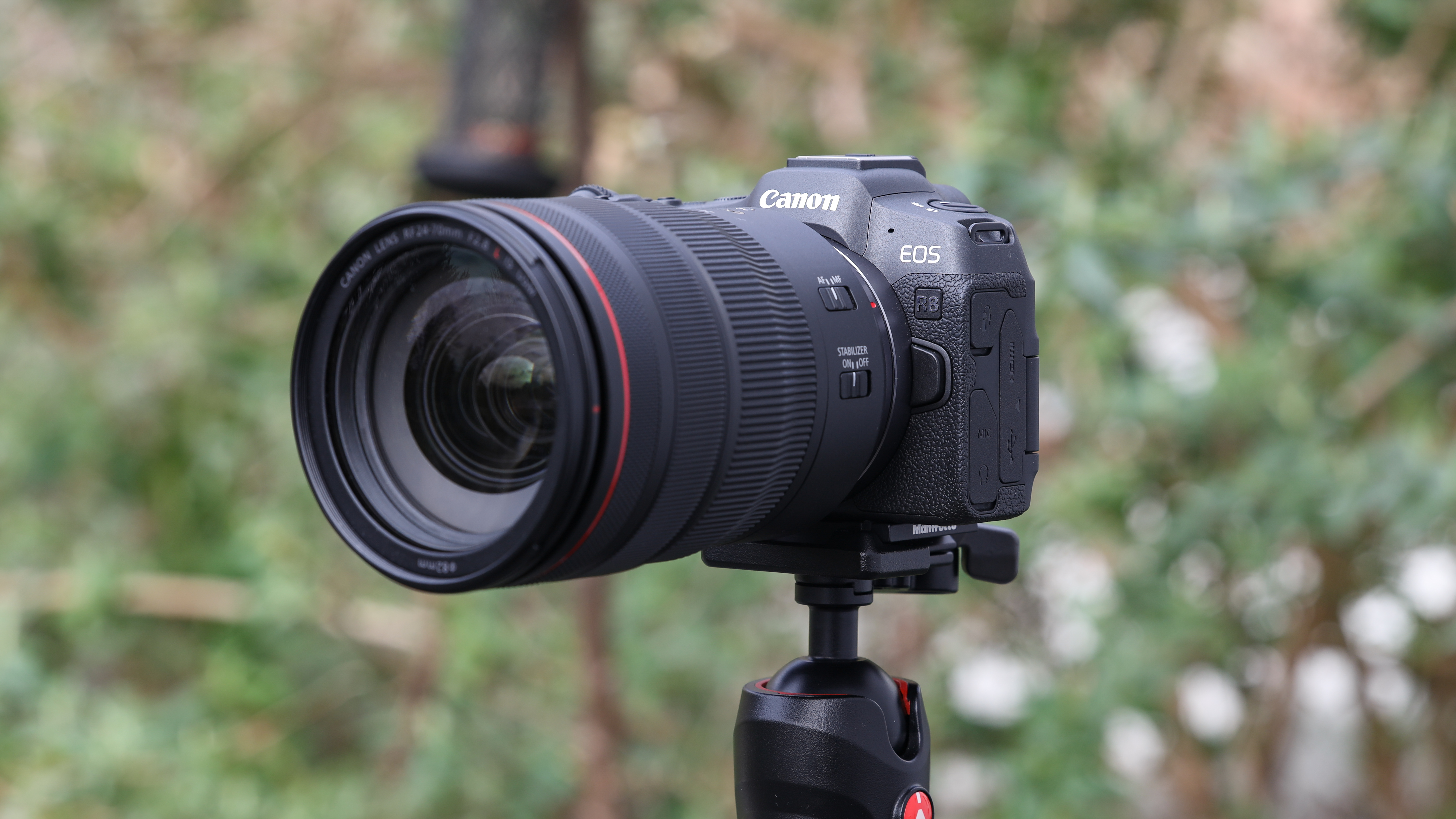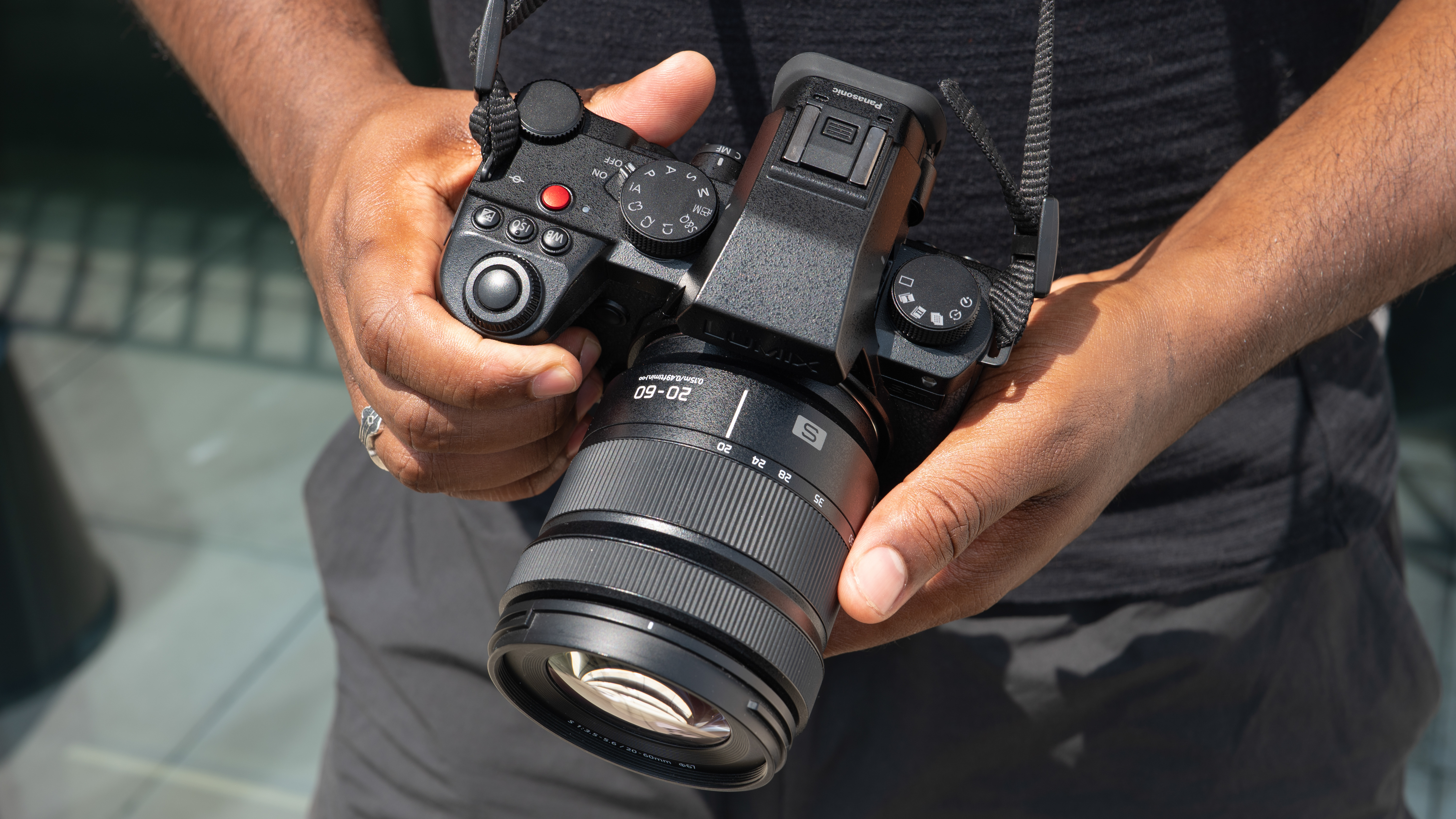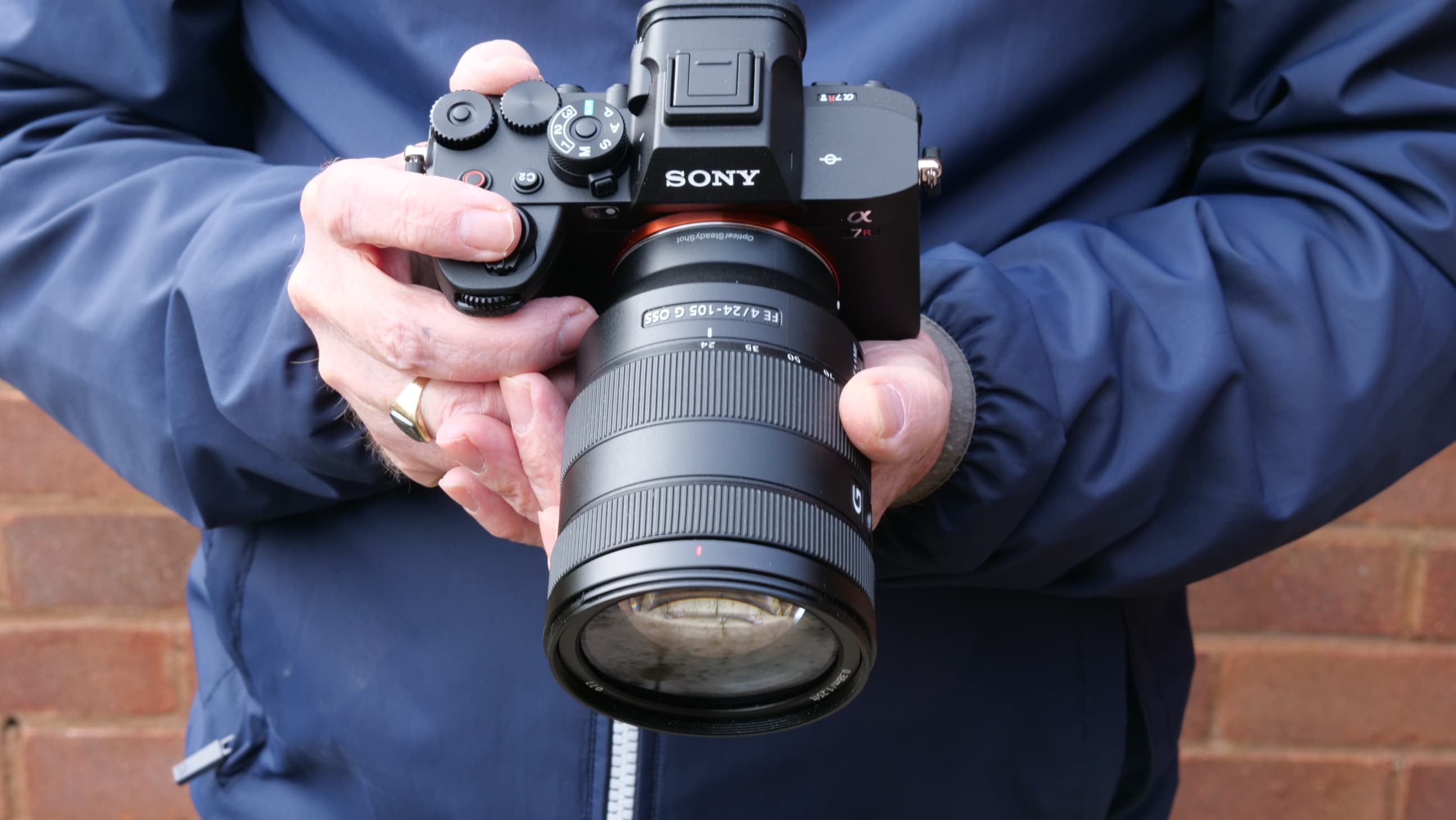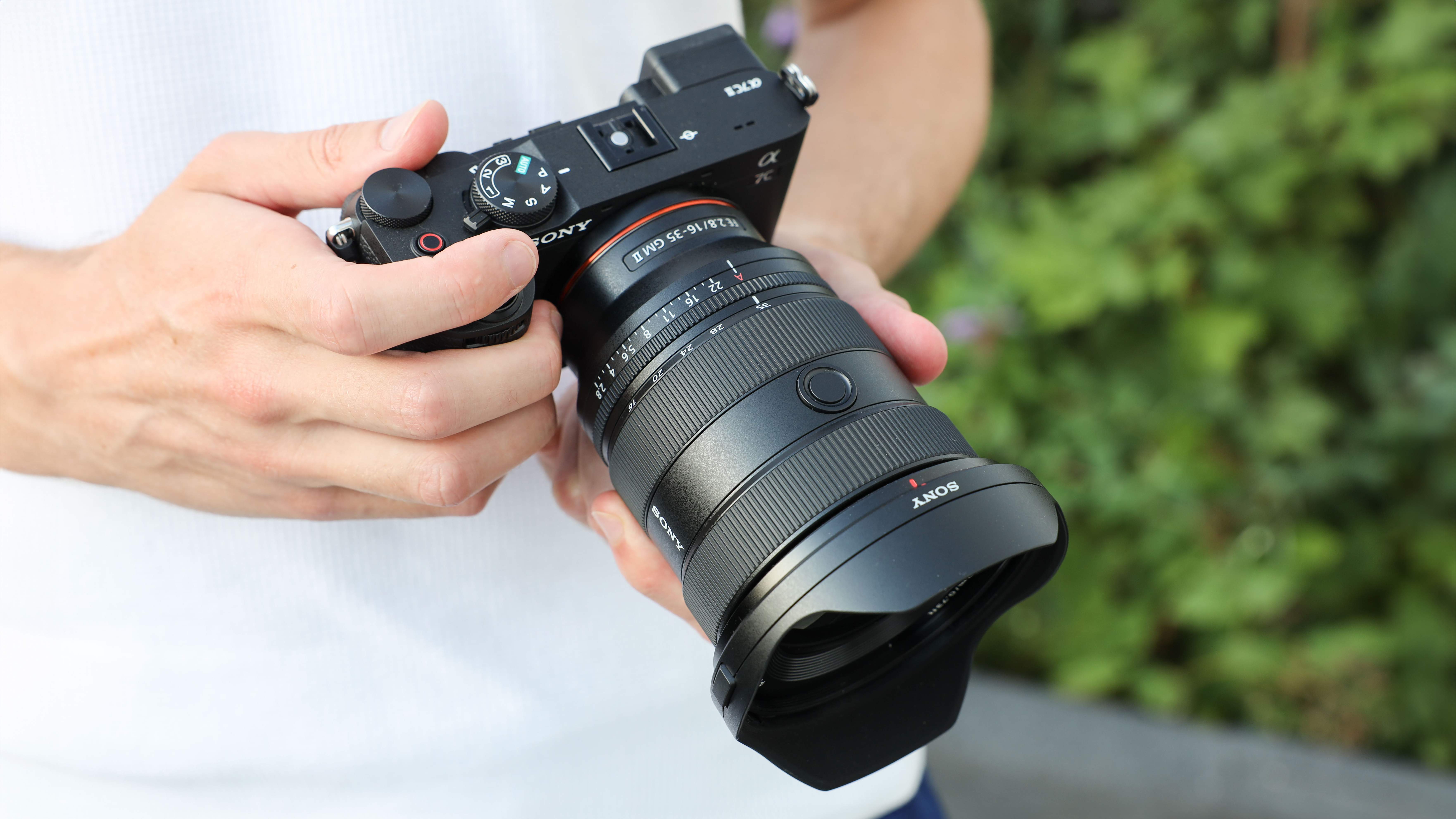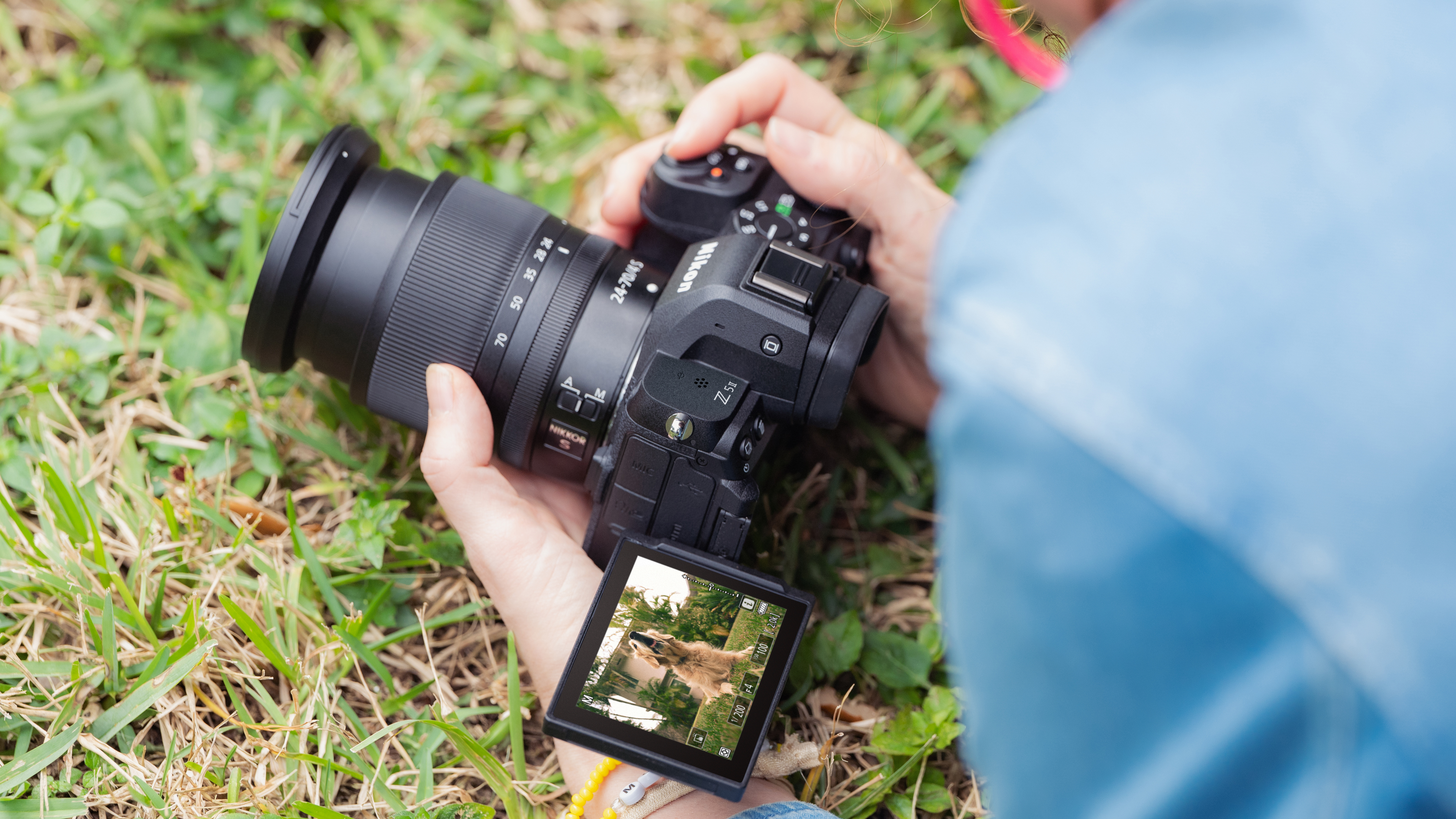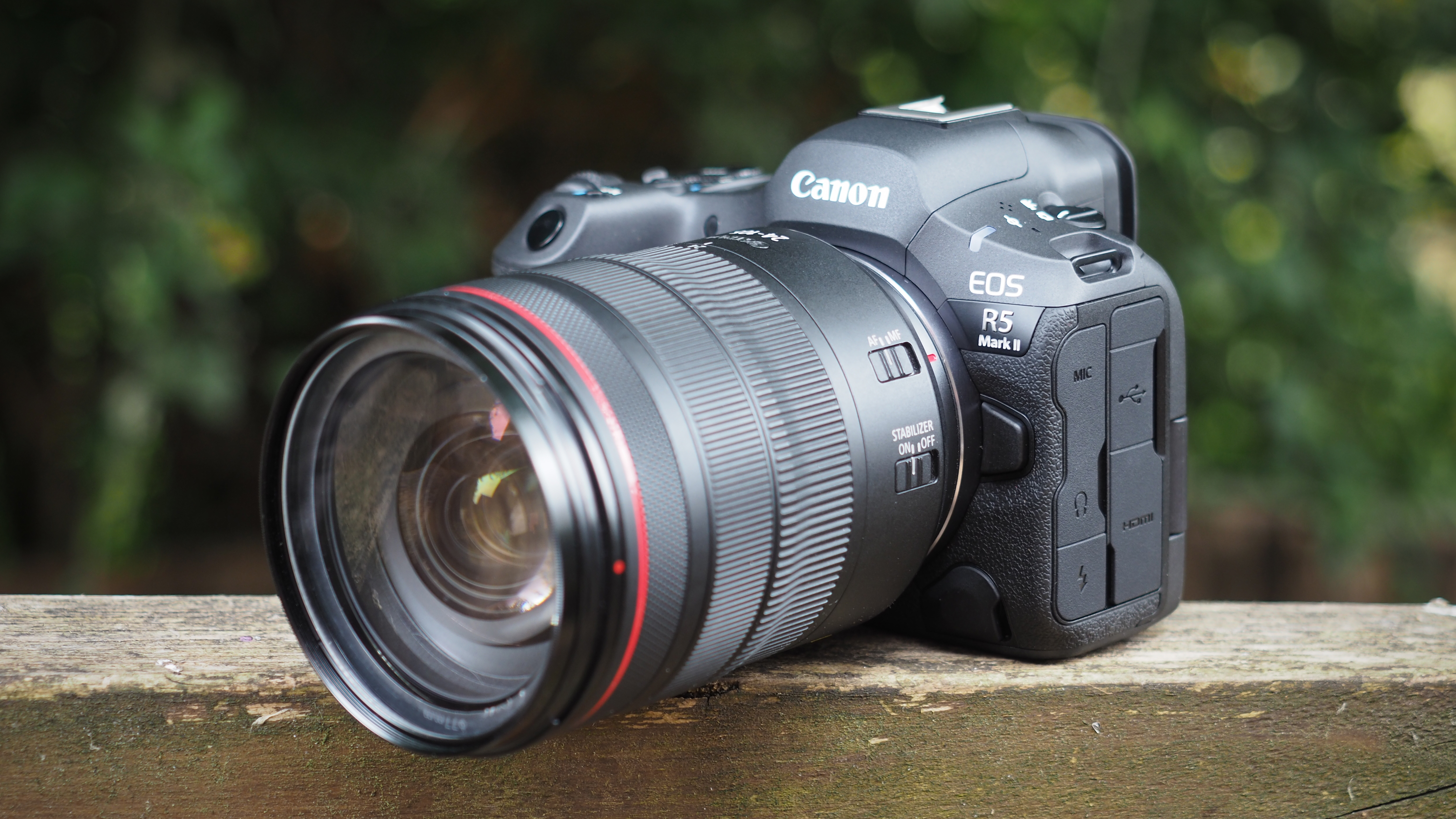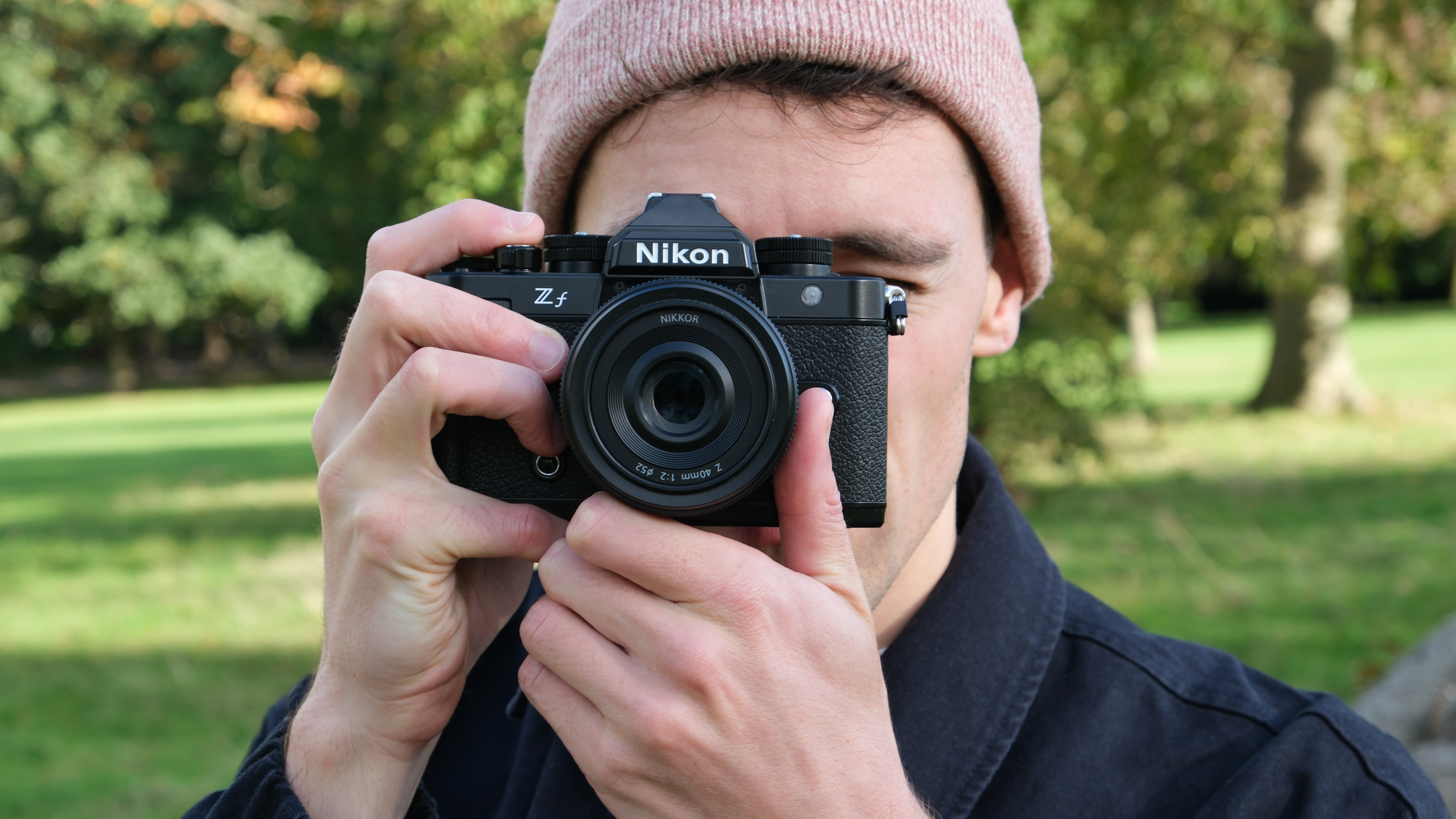The best full-frame mirrorless camera: The biggest sensors and best tech that Canon, Sony, Nikon and Panasonic have to offer!
Looking for the best full-frame mirrorless camera? I'm here to help you choose the right one for your needs

Choosing the best full-frame mirrorless camera is harder than ever, because the market is more crowded than it's ever been! It's not just Canon, Sony and Nikon – Leica and Panasonic are also serious candidates, depending on what you want.
Obviously, the best full-frame mirrorless cameras from all the brands have a large 35mm sensor at their heart – and they all pack the core features you'll want, such as subject-detection autofocus and 4K video. So how do you choose the right one?
In this guide I've broken them down by category, to help you find the one for your specific needs whether you want something to photograph wildlife, something to take on vacation or something to shoot video. Take a look at the categories in the navigation bar to jump to my pick of the best mirrorless camera for that genre…
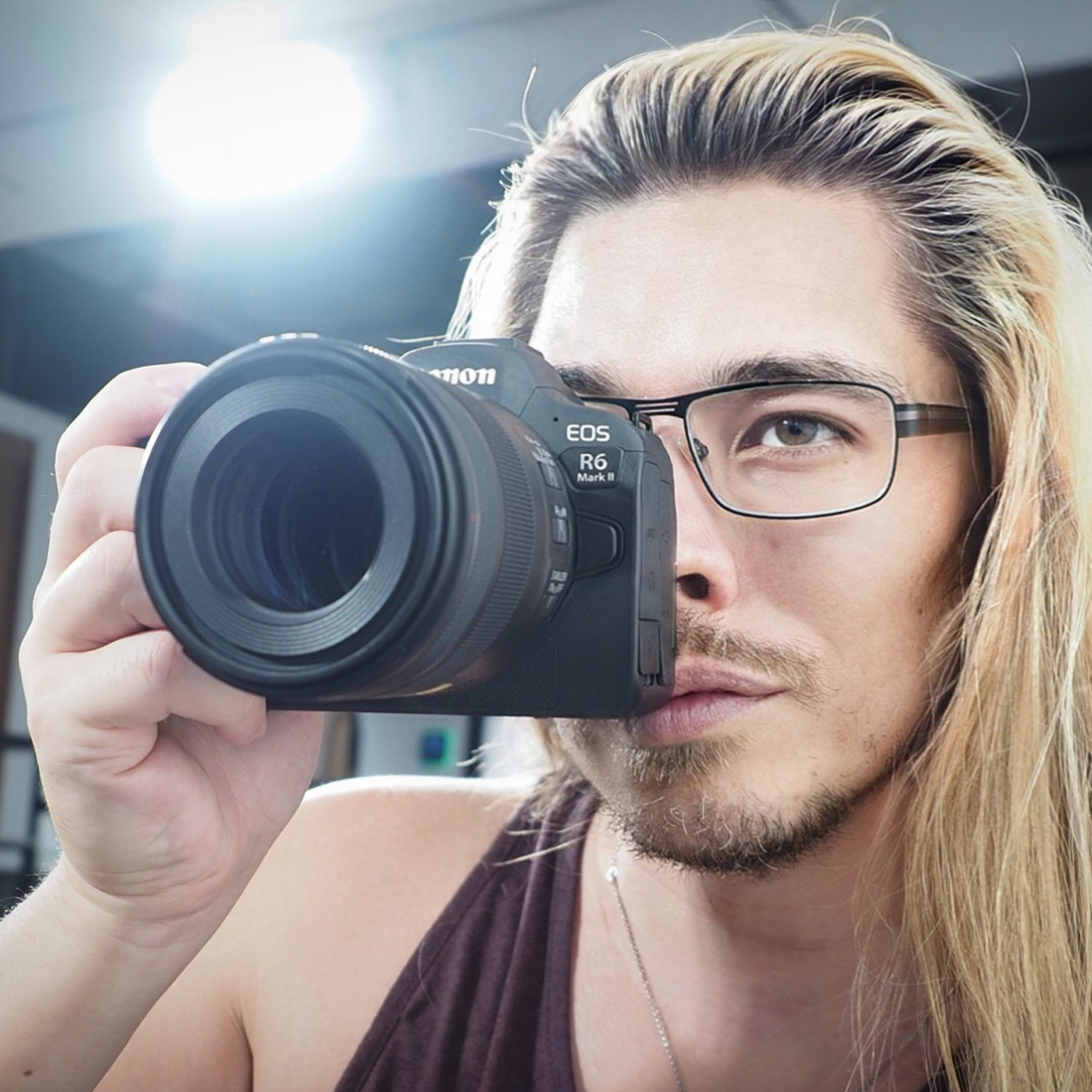
I've been using mirrorless cameras since 2014, and I've used the best (and worst!) full frame bodies from Canon, Sony, Nikon, Leica and Panasonic over the years, both for personal projects and professional commissions. So my recommendations come from extensive field testing – and customer satisfaction!
The Quick List
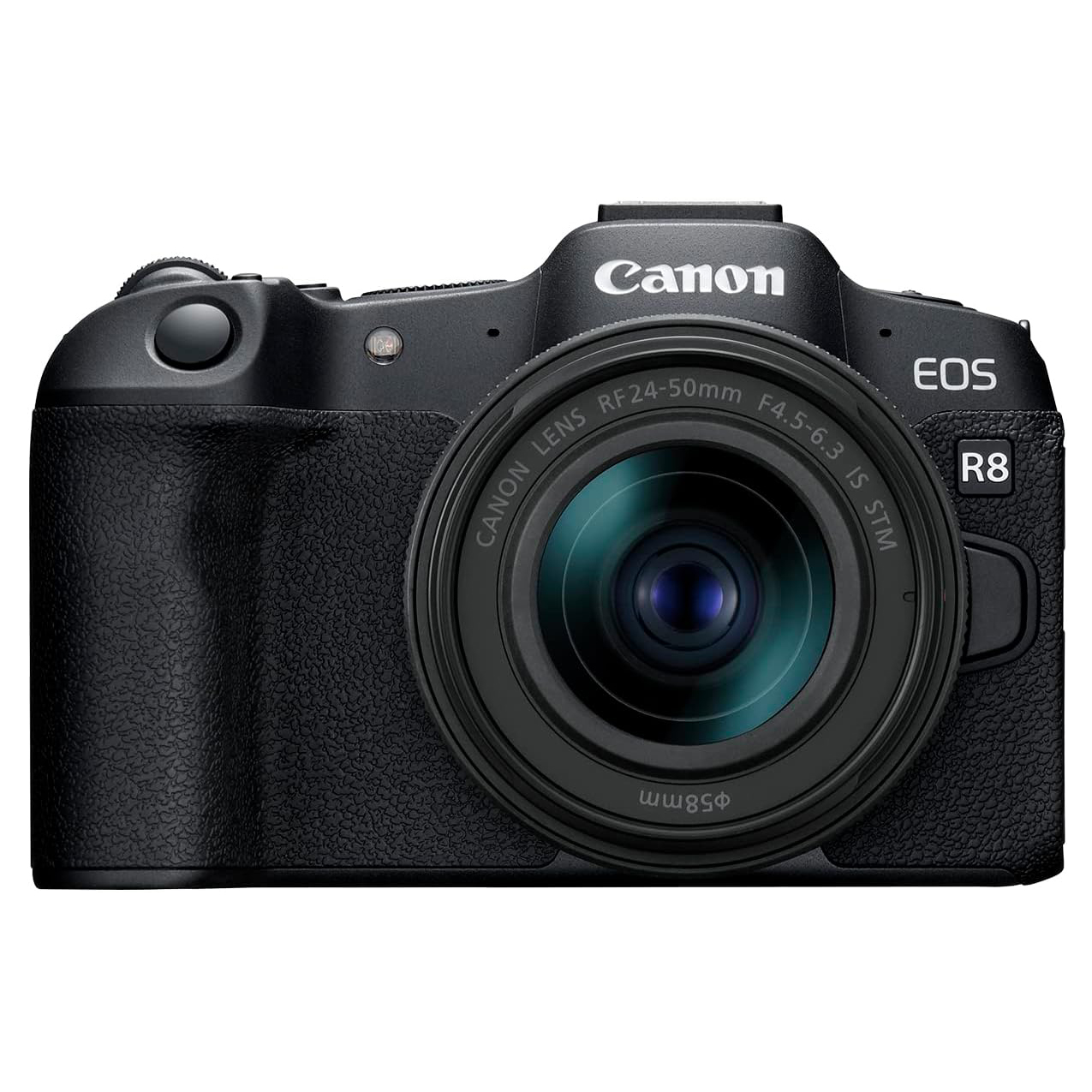
I'm blown away by what the R8 offers the beginner. The 24.2MP sensor delivers quality images, the 40fps burst mode enables you to try wildlife or sports, and the 4K 60p video is great for video. The only real sore point is the lack of image stabilization. Read more below
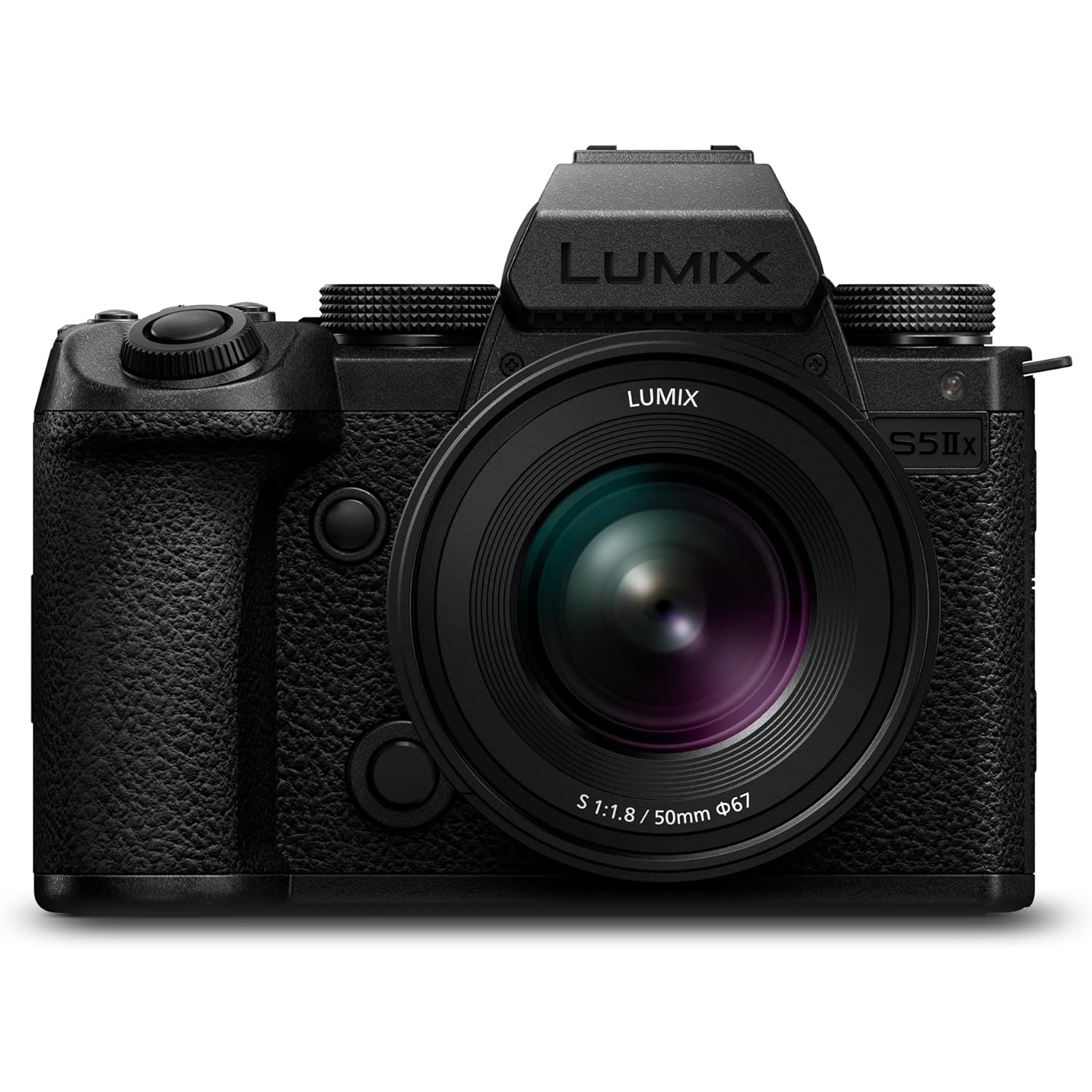
For all-round video performance, there's nothing better this side of a cinema camera. You've got open gate capture, 10-bit 4:2:2 video, ProRes RAW, B-RAW, direct recording to SSD, 6.5 stops of image stabilization… and absolutely no overheating issues! Read more below
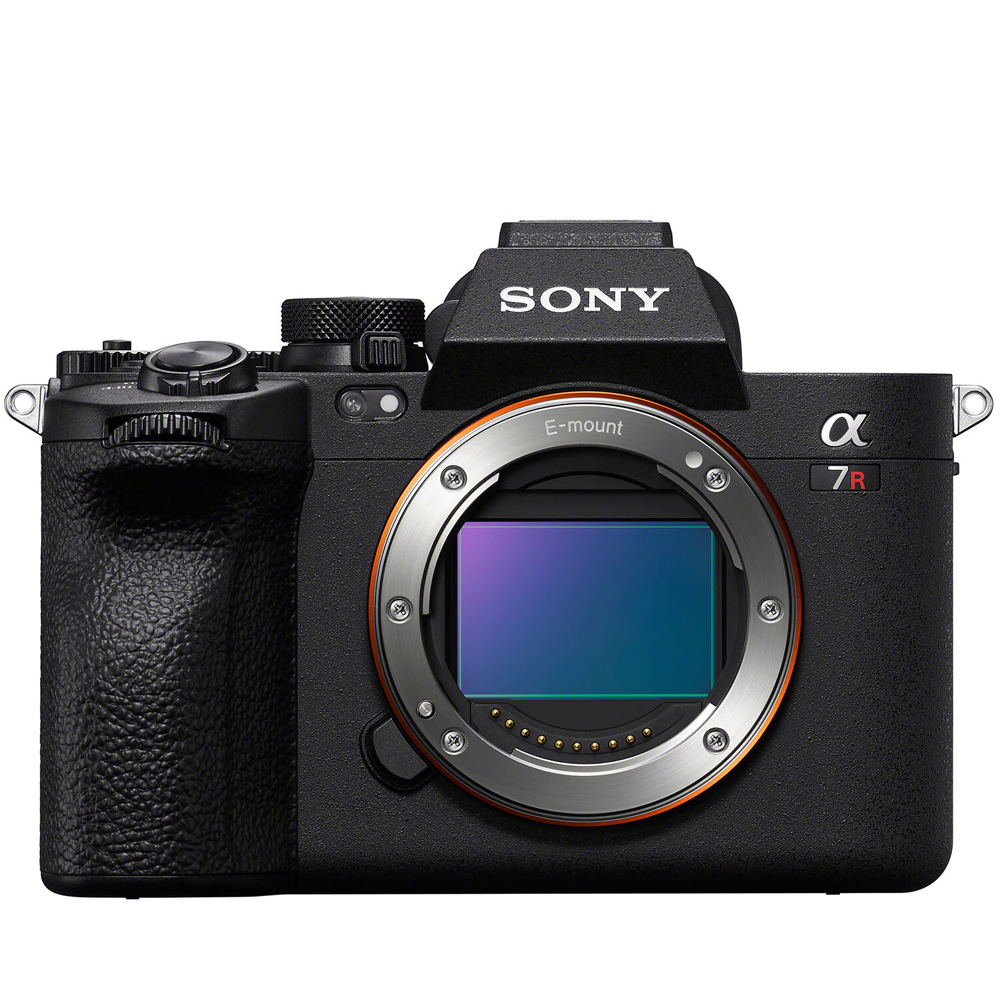
When I want to shoot landscapes, I want as much resolution as possible for my prints – and the 61MP A7R V packs more megapixels than any other full-frame camera out there – especially when you consider its amazing 240MP high-res mode! Read more below
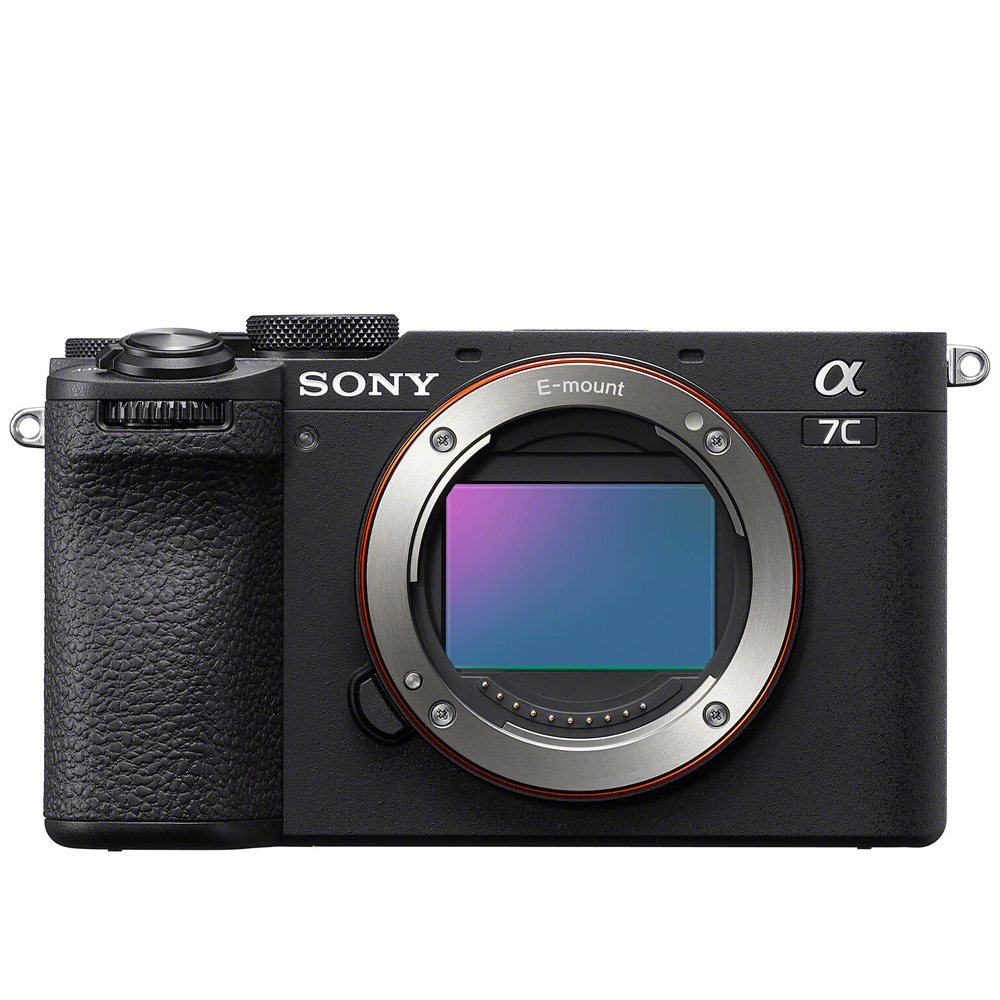
Want full frame power in an APS-C (or even Micro Four Thirds)-sized body? Here it is. The A7C II is basically an A7 IV squeezed into a smaller chassis – and for my money it's an even more compelling camera, thanks to a newer suite of advanced features. Read more below
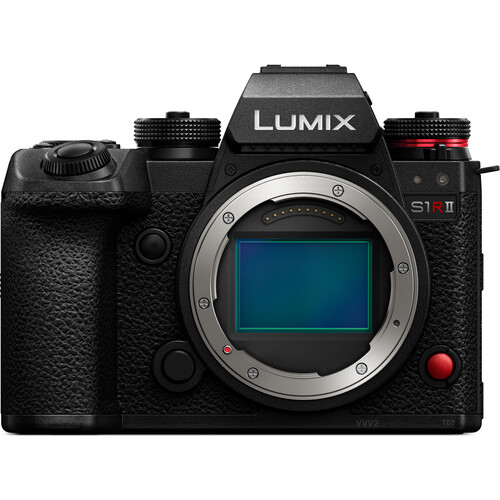
This camera came out of nowhere and absolutely smoked the competition! Panasonic's powerhouse combines 44MP stills and 40fps bursts with 8K video and 8 stops of image stabilization – and it does so at a price that won't break the bank. Read more below
View the full list ⤵
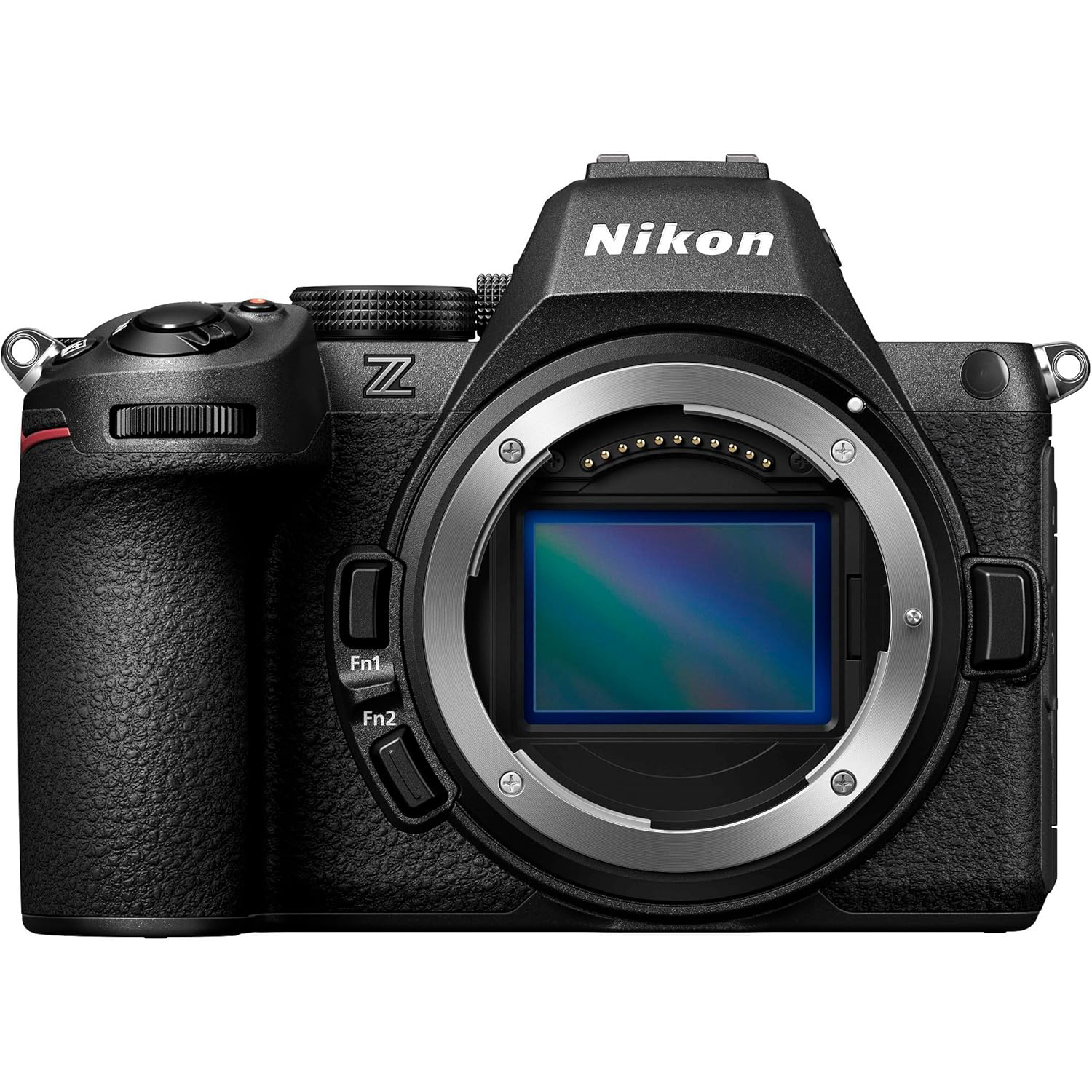
When it comes to bang for buck, the Z5 II can't be beat! Its 24.5MP sensor cranks out 30fps bursts and 4K 60p video, you get twin card slots for peace of mind, it has great AF and up to 7.5 stops of stabilization, a fully articulating screen… what more do you need! Read more below
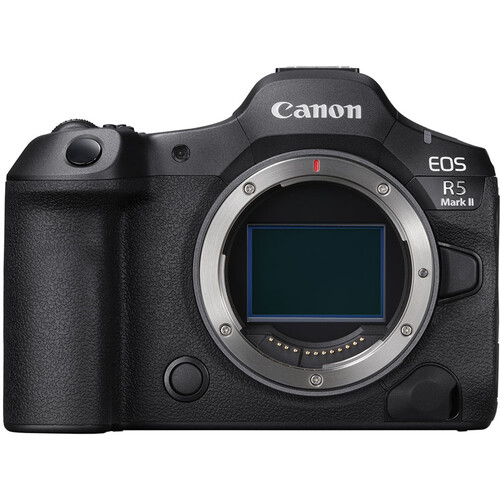
Canon's most powerful camera is untouchable for wildlife thanks to its autofocus, which has tracked every animal, insect or fish I've ever pointed it at. Combined with 8 stops of stabilization, 45MP stills and 8K video, it's simply a monster performer. Read more below
Best full-frame mirrorless cameras
Why you can trust Digital Camera World
Best full-frame mirrorless for beginners
Specifications
Reasons to buy
Reasons to avoid
✅ You're new to photography: Its value to performance is unquestionable, and perfect for beginners just starting out.
✅ You want fast FPS: Taking images at 40 frames per second is incredibly fast for an entry-level camera.
❌ You want IBIS: Entry-level cameras are built to a cost and the R8's cost is the omission of stabilization – so make sure you hold your camera and lens steady!
❌ You’re on a tight budget: Considering it's over a grand it's still quite a push for those new to photography to stomach
I still can't believe the incredible value presented by the EOS R8. Moreover, I can't believe the performance offered by this entry-level full-frame camera – it's essentially a baby R6 Mark II without the IBIS, second card slot, and ergonomics.
You get a lot of bang for your buck here. The 24.2MP sensor delivers great image quality, with Canon's celebrated color science. It's powered by the flagship-grade Dual Pixel AF II, which is the best autofocus system I've ever used. Between this, and the unbelievable 40fps continuous shooting, the R8 can be used for sports and wildlife – not something that many beginner cameras can boast!
It's a beast for video, too, with 4K 60p that's oversampled from 6K, along with FullHD at up to 180p, with options including 10-bit 4:2:2 and Log mode, and your video will benefit from the fully articulating touchscreen (again, not offered by many full frame cameras – let alone beginner bodies!).
It's got everything someone starting out could ask for with the exception of in-body image stabilization – something that I personally miss when using this camera, but there are a bunch of stabilized Canon RF lenses (ditto EF lenses, which are more affordable and can be used with an adapter). And the teacher in me might actually advise beginners not to use stabilization, to teach better camera craft!
Read more: Canon EOS R8 review
Lab results | Score | Rating |
|---|---|---|
Resolution (ISO 200) | 24/60 | ★★★ |
Dynamic range (ISO 200) | 11 EV | ★★★★ |
Noise (ISO 200) | 41 decibels | ★★★★ |
Best full-frame mirrorless for video
Specifications
Reasons to buy
Reasons to avoid
✅ You shoot video: With open-gate 6K 30p, ProRes RAW and B-RAW, 4:2:2 10-bit, LongGOP, SSD recording and more, this is a videographer's dream.
✅ You rely on stabilization: When you don't have a gimbal, the incredible in-body image stabilization (up to 6.5 stops) outperforms even higher-specced competition.
❌ You shoot a lot of texture: The camera omits a low-pass filter, which is great for fine detail – but can invite the moiré effect sometimes caused by patterns such as fabric.
❌ You rely on a tally light: A rare miss for the otherwise excellent video features is the lack of a tally light, to indicate when the camera is recording.
Let me get this out of the way first: the Lumix S1RII (which is my pick for best hybrid camera) is technically better for video. But unless you genuinely need 8K and internal ProRes 5.8K RAW HQ, you get just about everything else on the S5IIX – and unlike the S1RII, you don't have to worry about overheating.
HDMI RAW output, Apple ProRes RAW, Blackmagic B-RAW, 10-bit 4:2:2, All-I, LongGOP, live streaming, open gate video, SSD recording, 6.5 stops of in-body image stabilization… this is simply a videographer's dream, whether you're a serious content creator or a dedicated filmmaker.
Aside from 8K video, which I still don't think most people really need, the only thing that's really missing here is a tally light. Otherwise, the the S5IIX has everything you could ask for when it comes to video.
It wouldn't be my first choice as a stills camera, but I do love that it offers a 30fps electronic shutter (with a healthy 200-frame RAW+JPEG buffer) and a 96MP High Resolution Mode, to capture supersize photos via pixel-shift.
Read more: Panasonic Lumix S5 IIX review
Lab results | Score | Rating |
|---|---|---|
Resolution (ISO 200) | 24/60 | ★★★ |
Dynamic range (ISO 200) | 12.34 EV | ★★★★★ |
Noise (ISO 200) | 40.55 decibels | ★★★★ |
Best full-frame mirrorless for landscape
Specifications
Reasons to buy
Reasons to avoid
✅ You need the highest resolution for professional work: this is one of the joint highest-resolution full-frame cameras out there, and if you need ultimate quality in your work, this is a must-have.
✅ You want a professional hybrid camera: while the Sony A7 IV is the better general choice for hybrid shooters, serious professionals might get more use out of the 8K on the A7R V.
❌ You won't use all those megapixels: The massive resolution is only really useful if you plan to print your work or display it on very large screens. If you just publish online, much lower resolutions will do just fine.
❌ You are on a budget: The A7R V is very expensive, and most creatives don't need all its powers. The A7 IV, A7 III, or A7C might be better choices.
While it no longer has a monopoly on 60ish-megapixel sensors, having been joined by the likes of the Leica SL3 and Sigma fp L, the mighty A7R V is still my top pick for landscape shooting thanks to its overall superior performance.
Landscape photographers love resolution, and the 61MP sensor still gives you more pixels than anything shy of a medium format camera. You can even boost this to an amazing 240MP, via the magic of pixel shift, to eke out even more detail in your shots. Just be aware that this isn't suitable if there's any movement in your scene, such as water or foliage.
I'm not a fan of Sony's colors in general, but for landscapes the color reproduction is very good – and the superb back-side illuminated sensor packs excellent dynamic range even at higher sensitivities.
Should you want to move beyond tripods and resolution, the A7R V also offers a great autofocus system and 10fps burst shooting, along with 8K 24p video. While I don't recommend this as a video-first device, the option to capture hi-res footage to complement your hi-res stills is very welcome.
My only criticisms are Sony's infamously unfriendly menu system, and the choice of CFexpress Type A memory. It's cool that the A7R V offers hybrid card slots, which also support standard SD, but I would have preferred the superior CFexpress B cards (which are both faster and used by other manufacturers, should you ever switch).
Read more: Sony A7R V review
Features | It might be the 'resolution specialist' but this camera has everything with 8K video, 10fps, and AI-powered autofocus | ★★★★★ |
Design | Usual great Sony body design, the vari-angle pivot screen and extra custom function buttons are great additions | ★★★★★ |
Performance | Stills, video, sports, it does it all The downsides are 61MP files are very big to work with, and its headline 8K video is cropped. | ★★★★★ |
Value | All this power does not come cheap, and the A7RV is priced right up in the dedicated pro bracket | ★★★★ |
Best full-frame mirrorless for travel
Specifications
Reasons to buy
Reasons to avoid
✅ You want all the power of an A7 in a compact form: If you want a big full-frame sensor, IBIS, AI AF, and all the goodies from the A7IV but in a camera that travels well, then you've found it.
✅ You are a keen hybrid content creator: All of Sony's cameras are great hybrid cameras, and the A7C II is a great compact video camera that offers great video specs and pairs well with gimbals.
❌ You aren't really interested in photography: If you are just a video shooter, the Sony ZV-E1 is fundamentally the same camera with some extra video features, like a built-in mic.
❌ You want to use big lenses: You can use big lenses on the A7C II, but I wouldn't recommend it as the small body and grip is not comfortable to hold, and the balance is way off.
Other people thought it was crazy, but I loved the idea of the A7C line: to stuff a full frame camera into an APS-C chassis. That's the formula for a fantastic travel camera! And what you get with the A7C II is effectively a Sony A7 IV squished into the body of an A6XX – with all the same specs, and even a few more advanced features.
On top of the familiar tech – the 33MP sensor, 10fps shooting, (cropped) 4K 60p – you also get a dedicated AI processor that packs the latest subject-tracking autofocus modes, Auto Framing for video (which follows human subjects and crops in, like a virtual cameraman), as well as features like timelapse and focus bracketing (something I always appreciate).
However, the compromise for the smaller form factor is a smaller viewfinder with less resolution, a single memory card slot (with reduced buffer) and a slightly reduced flash sync speed. Are any of these dealbreakers for a travel camera? For me personally, no.
Without a lens, the A7C II is pocket-sized. And it's so light that it's not going to cause neckache or overload the weight of your luggage. The proviso is that I recommend using it with smaller lenses, both for the practicalities of travel and because the body is so small that bigger lenses don't handle very well.
Read more: Sony A7C II review
Features | A bigger 33MP sensor, oversampled 4K video, IBIS and the latest AI autofocus makes this a compact powerhouse | ★★★★★ |
Design | Very compact, but the full-frame sensor is begging to be used with big lenses which is an ergonomically poor experience | ★★★ |
Performance | Excellent performance in photo and video, Sony's autofocus is the star of the show | ★★★★★ |
Value | Priced below the rest of the A7 range, this is Sony's latest tech at the best value | ★★★★★ |
Best hybrid full-frame mirrorless
Specifications
Reasons to buy
Reasons to avoid
✅ You want the best of both worlds: With 44.3MP resolution and 40fps bursts, plus up to 8K open gate video, this camera can do everything.
✅ Versatile high-res video is key: Loads of stills cameras offer 4K, some even 6K, but very few offer 8K resolution – or open gate capture.
❌ You want unlimited recording: The S1RII does have limits for video capture – for unlimited video, check out the Lumix S5IIX.
❌ Size is important: Lumix cameras are extremely capable, but they're also quite bulky.
Hybrid cameras have become huge in recent years, both for the burgeoning content creation market and for one-person crews and wedding shooters who need to capture photos and video in equal measure.
Panasonic really came out of the blue with the Lumix S1RII – a camera that offers an alternative to Canon's all-powerful EOS R5 Mark II and Sony's flagship A1 II at a fraction of the price.
Usually hybrid cameras offer a resolution compromise in order to achieve peak performance; you're usually looking at 20-something megapixels and 4K 60p video. Maybe 6K if you're lucky. But what you're getting here is a 44.3MP beast with up to 40fps burst shooting, combined with up to 8K 30p open gate video and 8 stops of image stabilization.
That's a truly awesome spec sheet, especially with a price tag that's thousands less than Canon or Sony. Those cameras are stronger in certain areas – namely autofocus performance, and the R5 Mark II has awesome in-camera computational features – but that doesn't take away from the S1RII.
As noted above, while the Lumix S5IIX is arguably a superior dedicated video camera due to its unlimited recording, this body ups the ante to 8K open gate for ultimate versatility – and also offers internal ProRes 5.8K RAW HQ. So if resolution is your top priority, this is the obvious choice.
My only criticism of this camera (in fact, all Lumix cameras) is that it's bulky and boxy compared to its rivals, though the size does make it comfortable to hold and use.
Read more: Panasonic Lumix S1RII review
Lab results | Score | Rating |
|---|---|---|
Resolution (ISO 200) | 40/60 | ★★★★ |
Dynamic range (ISO 200) | 12.5 EV | ★★★★★ |
Noise (ISO 200) | 43 decibels | ★★★★★ |
Best-value full-frame mirrorless
Specifications
Reasons to buy
Reasons to avoid
✅ Full-frame at APS-C price: This price point isn't just good for a full-frame camera – it's cheaper than many APS-C options, too.
✅ Low price, high performance: The Z5 II is incredibly capable, both in specs (30fps stills, 4K 60p video) and features (dual card slots, articulating screen, IBIS).
❌ You want full-fat imaging: There are some sacrifices, such as 30fps being JPEG-only (RAWs are 14fps) and 4K 60p is cropped.
❌ You rely on top-plate exposure info: The Z5 II doesn't have an LCD screen on top of the camera, which might be jarring to DSLR users.
I used to recommend the Sony A7 III when people asked me for the best-value full-frame camera, simply because its age made it a good price. However, the Nikon Z5 II offers almost impossibly good value for a brand-new camera!
First of all, the usual corners that are cut in order to get a camera's price down – no weather sealing, tilt-only screen, single card slot, no stabilization – haven't been cut here. This camera is fully sealed, has a fully-articulating screen, with twin memory card slots and IBIS – and that's not all.
The Z5 II also has unreasonably good performance for an affordable camera. It inherits flagship-level autofocus from Nikon's higher-end cameras, it hits up to 7.5 stops of in-body image stabilization, it has pre-capture (the camera starts recording frames when you half-press the shutter, so you never miss a shot) which is a feature from pro sports cameras…
In short, this isn't just a good value camera; it's a very capable one. Yes, there are some compromises; the 4K 60p video is cropped (4K 30p is full readout) and the impressive 30fps burst speed is JPEG-only (though it's still an impressive 11fps for RAW).
If you're looking to upgrade from a smaller sensor, or you want a full-frame camera with more firepower for less money, the Z5 II is a fantastic choice.
Read more: Nikon Z5 II review
Features | Despite being so affordable, there's not a single feature lacking here – it puts higher priced cameras to shame! | ★★★★★ |
Design | Its compactness may not suit bigger hands, but the screen articulates, there's a joystick and dual card slots. | ★★★★½ |
Performance | There are some compromises to the burst shooting and 4K 60p video, but this is a very capable camera. | ★★★★½ |
Value | A perfect way to get into full frame photography with a lot of killer features for incredible value. | ★★★★★ |
Best full-frame mirrorless for wildlife
Specifications
Reasons to buy
Reasons to avoid
✅ You need the best autofocus: I've used every wildlife camera out there, and nothing is more accurate than the algorithmic AF here!
✅ You want top resolution: The R5 Mark II natively shoots 45MP stills, but can upscale them in-camera to 180MP. And of course it shoots 8K video, too.
❌ You need top speed: The Sony A9 III maxes out at 120fps bursts, as does the Nikon Z8 / Z9 if you shoot low-res JPEGs.
❌ You want the best lens selection: The RF mount is strictly locked down, so there are no third-party full-frame autofocus lenses.
The R5 Mark II isn't just Canon's most powerful camera, it's also the best camera for wildlife photography. I say this as someone who's used every brand's top camera in this category to photograph animals – and Canon's is the only one that has yet to let me down.
First of all, its autofocus system is second only to the flagship EOS R1 (and even that is just a matter of inches). It possesses Canon's latest tech, built around a dedicated Digic Accelerator chip – a secondary processor that works in tandem with the primary Digic X processor – to deliver the evolved Dual Pixel Intelligent Autofocus system, which delivers computational AF and tracking at up to 60fps with the electronic shutter.
The upshot is an AF system that has never failed me – and, unlike Sony and Nikon's AF, has never been tricked into tracking leaves when subjects are hiding in foliage, or thinking that an animal's fur pattern is its face.
Combine that with an incredible 8.5 stops of maximum image stabilization for rock-solid sturdiness when following your subject, and lightning-fast 30fps bursts along with pre-capture so you never miss a shot.
The 45MP sensor gives you plenty of native resolution to blow up your prints or crop into your shots if your subject doesn't fill the frame. But you can also upscale your images to 180MP – in-camera, with no loss of quality – to get even higher quality or compensate for pixel loss when cropping into a frame. It's absolutely brilliant.
The neural network image processing extends to image cleanup, too, as you can denoise your images by up to two stops – which is incredible when you're shooting at higher ISOs, or even to get ultra-clean shots when working with lower sensitivities.
Canon's camera is also a video monster, too, capable of up to 8K 60p video with C-Log 2 and 3, proxy recording and a full-size HDMI port. And the OG R5's overheating issues have been addressed, too, with unlimited 4K 60p video and much-improved 8K 30p limits (read more about that here).
Read more: Canon EOS R5 Mark II review
Speed | 30fps via its electric shutter is great , but not the best on the market | ★★★★ |
Features | This is the most advanced camera on the market, with features like predictive AI tracking, in-camera upscaling and denoising. | ★★★★★ |
Vaule | It's very pricey but, for the unbelievable feature set, it's actually good value. | ★★★★½ |
How to choose a full-frame mirrorless camera
Choosing the perfect full-frame mirrorless camera involves juggling various essential factors. First up, establish a budget that suits your use-case and photography level. The cameras in this guide span a broad price range, from more affordable entry-level options to premium professional models.
Resolution is a crucial aspect. Determine the sensor resolution that aligns with what you will be shooting. Higher megapixels mean sharper images but also result in larger file sizes for storage and editing. Also evaluate autofocus capabilities, low-light performance, video quality, weather-sealing, and any other functionalities that matter most to your photography style.
Where are you taking your cameras? Assess its size, weight, and ergonomics to make sure it is right for your needs. Heavy cameras are no fun to travel with, but small cameras are awkward to use for long periods or with big lenses.
Speaking of lenses – each brand offers its set of lenses and accessories, so take a look and make sure that the camera has the right lenses in the right price range for your needs.
Lastly, check out the reviews and advice in this guide. We test all the cameras we feature here and offer our first-hand and unbiased opinion on everything that is good and bad about each option.
Is mirrorless better than DSLR?
Both mirrorless and DSLRs have strengths and weaknesses, but it is generally accepted that mirrorless technology has surpassed what DLSRs are capable of, especially when it comes to focusing, shooting speeds, and size. Although DSLRs are still favored by many for their optical viewfinder experience.
What full frame mirrorless camera has the best image quality?
Image quality is subjective and depends on where the image will be used. All the cameras on this list have exceptional baseline image quality. The highest resolution full frame mirrorless camera is the Sony A7R V with a 60MP sensor, allowing images to be cropped or enlarged further without dipping in overall quality.
How we test cameras
Our testing procedure for full-frame mirrorless cameras involves putting cameras through their paces both in real-world shooting scenarios and in the lab. With full-frame mirrorless cameras, we focus more on the specific use cases of each camera, for example, we will test high-speed sports cameras with fast-moving subjects, or high-resolution cameras on subjects with lots of intricate details.
We've put every one of these full-frame mirrorless cameras to the test to get a feel for how they handle in day-to-day use, as well as our opinion on the design, ergonomics and build quality.
As well as practical tests, we also employ carefully controlled lab tests to measure resolution, dynamic range, and signal-to-noise ratio. We use ISO resolution charts to measure resolution, and DxO Analyzer test equipment for dynamic range and noise analysis. With these extensive testing procedures, we build up a clear, objective picture of how the camera performs.
We combine both practical and lab data when finalizing both the in-depth review of each full-frame mirrorless camera and the recommendations in this guide.
Find out more about how we test and review on Digital Camera World
The best camera deals, reviews, product advice, and unmissable photography news, direct to your inbox!

James has 25 years experience as a journalist, serving as the head of Digital Camera World for 7 of them. He started working in the photography industry in 2014, product testing and shooting ad campaigns for Olympus, as well as clients like Aston Martin Racing, Elinchrom and L'Oréal. An Olympus / OM System, Canon and Hasselblad shooter, he has a wealth of knowledge on cameras of all makes – and he loves instant cameras, too.
